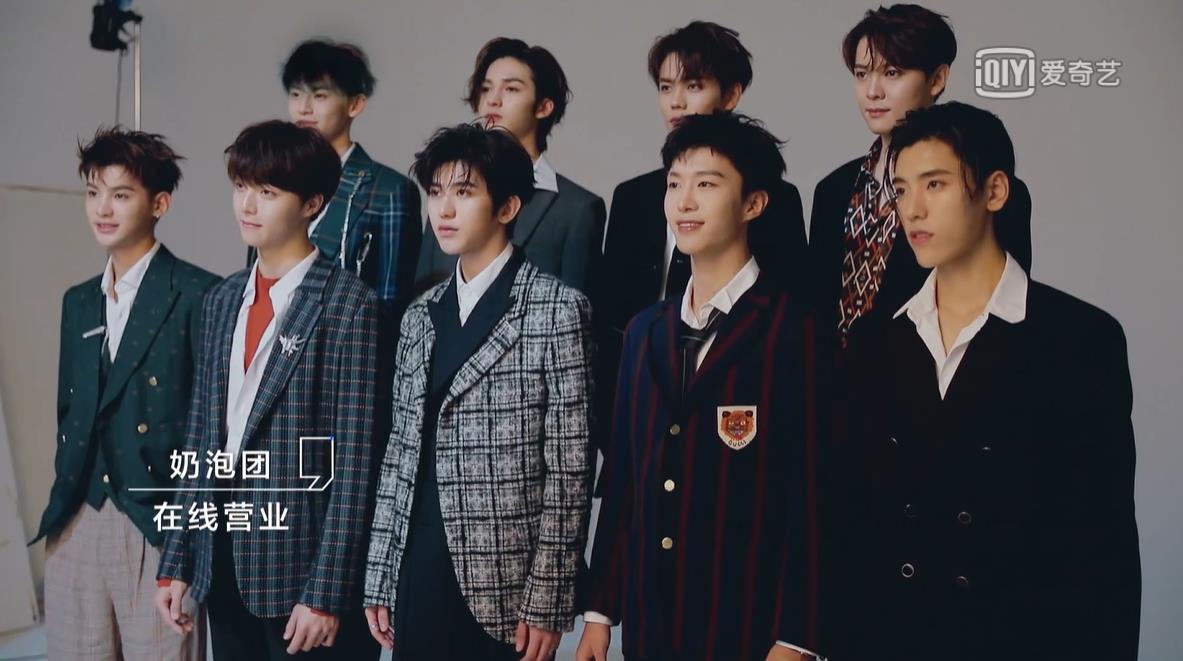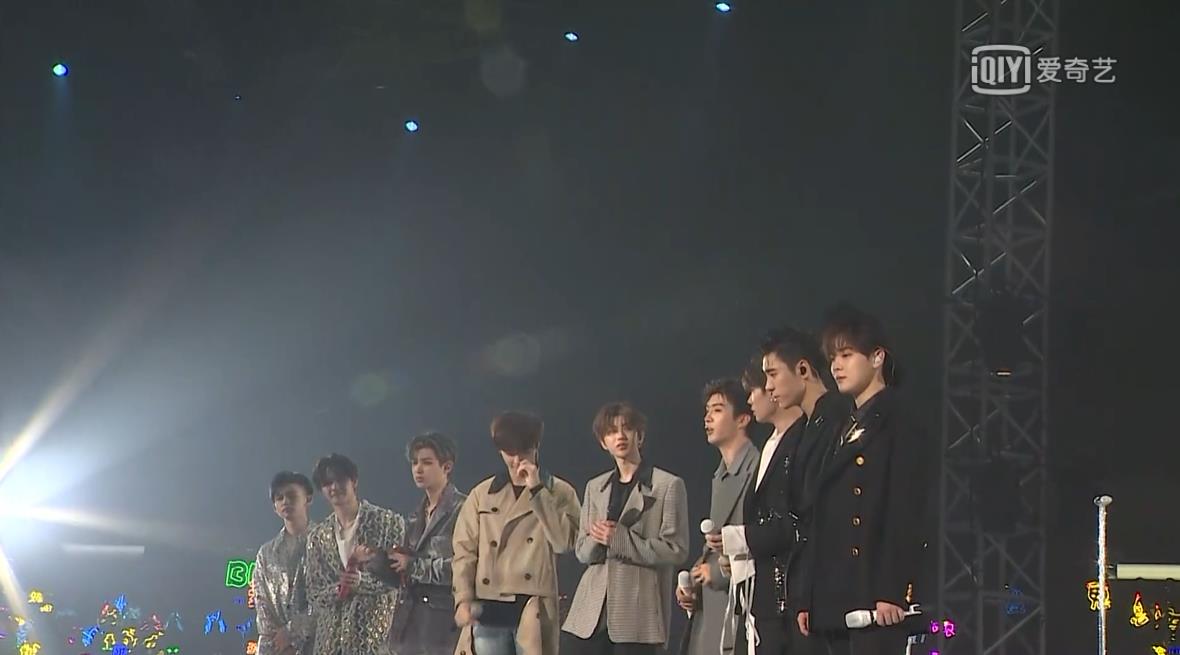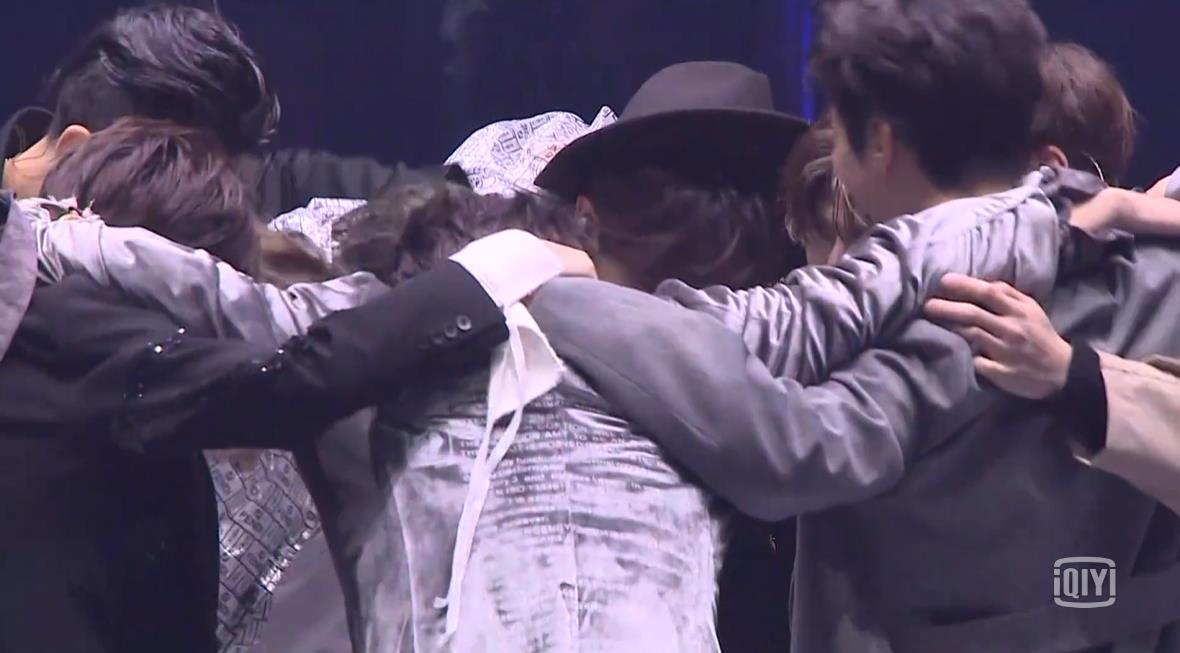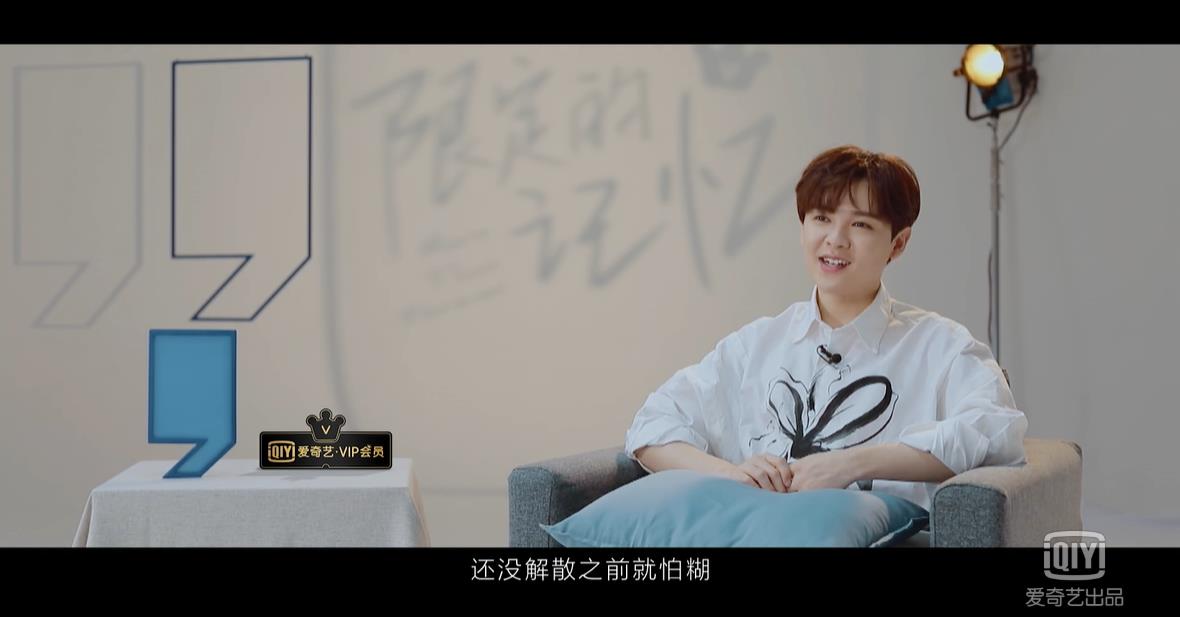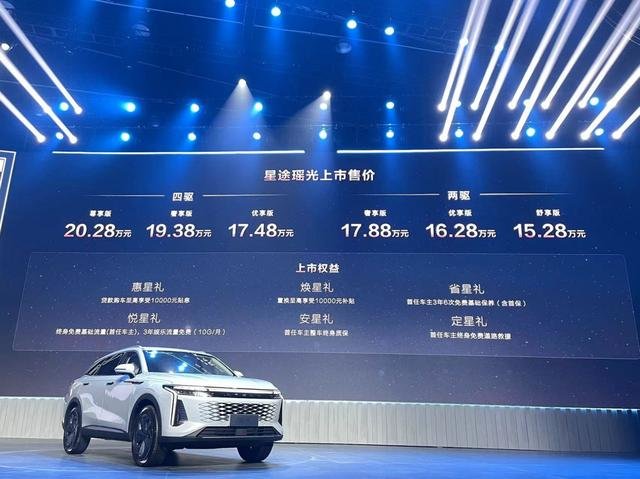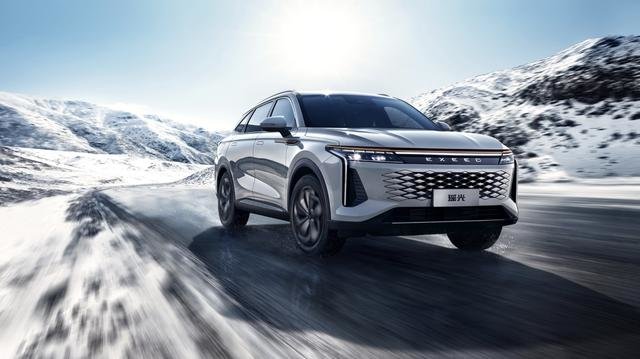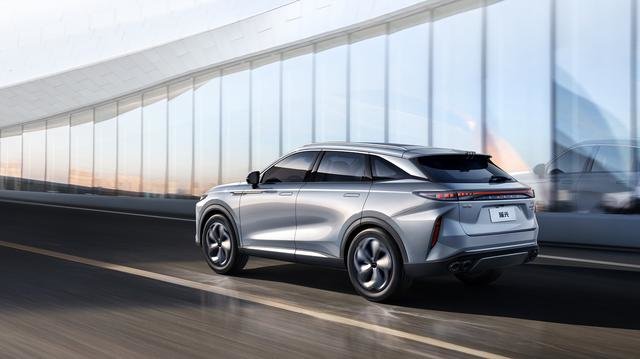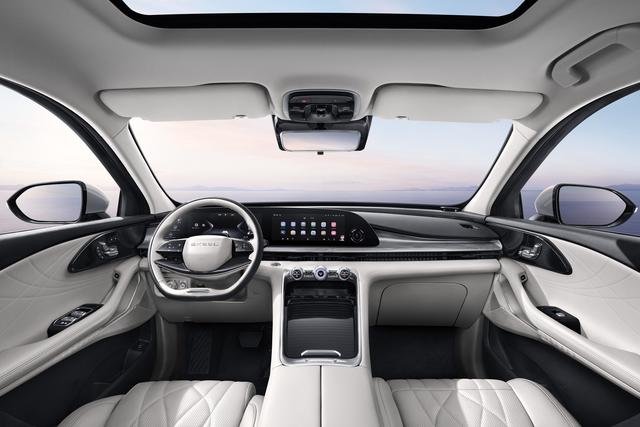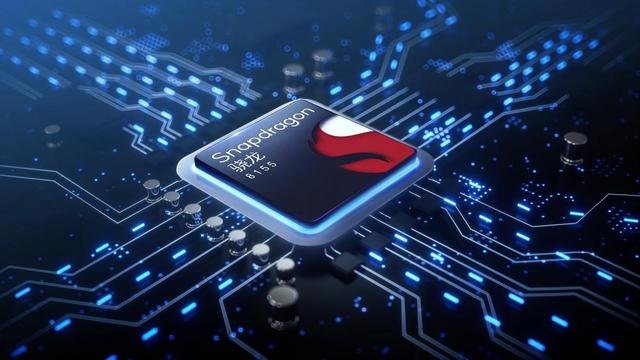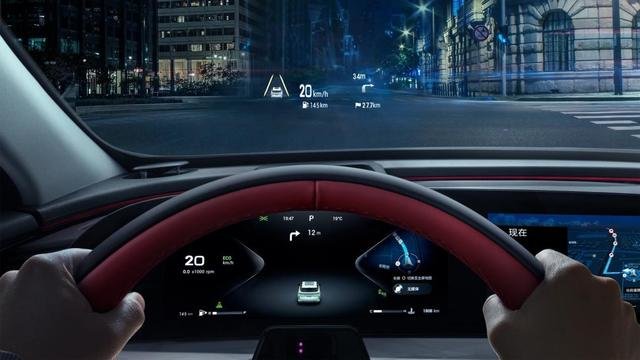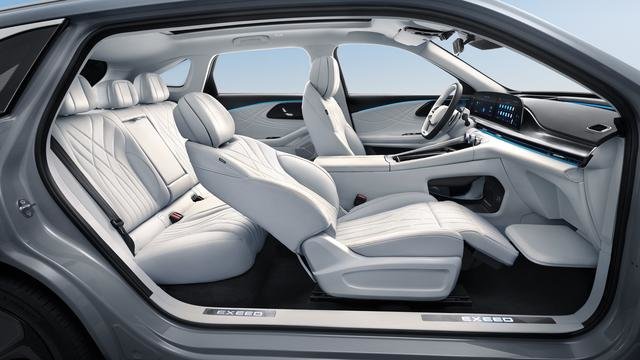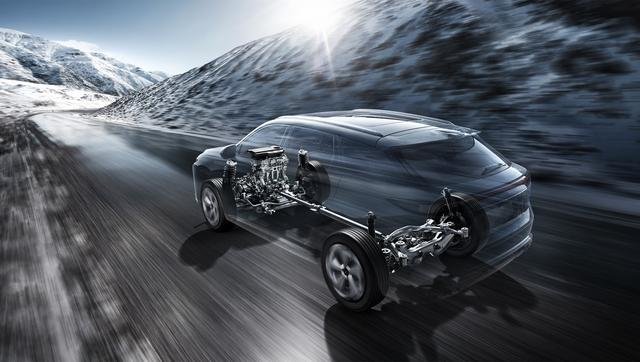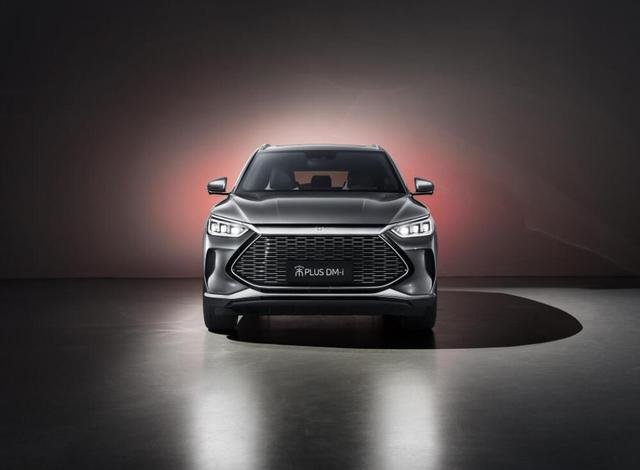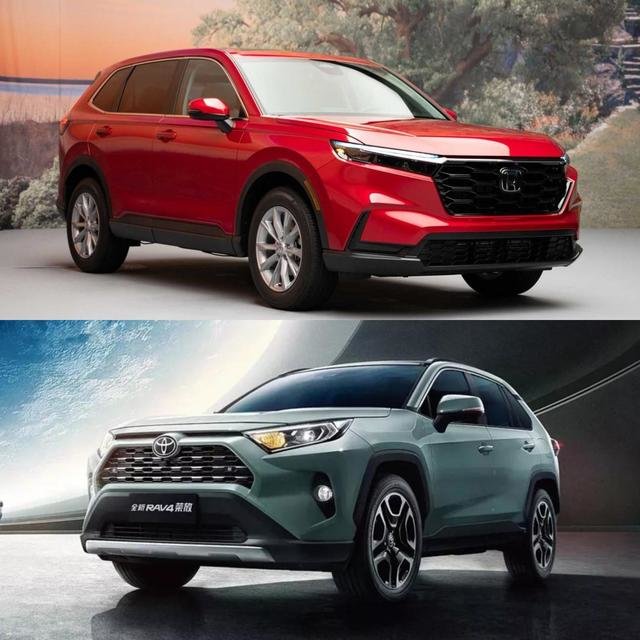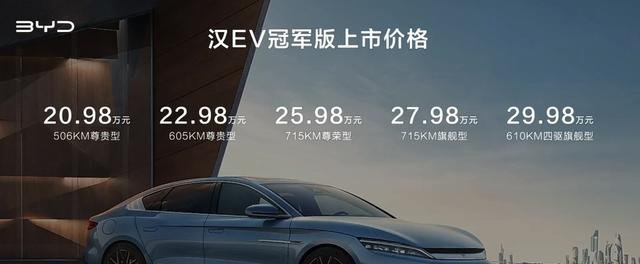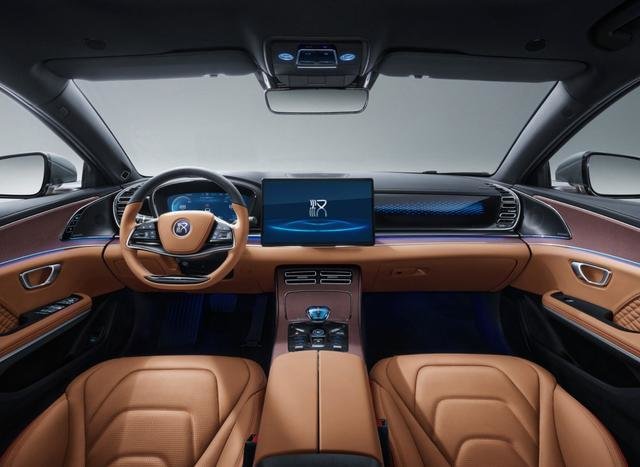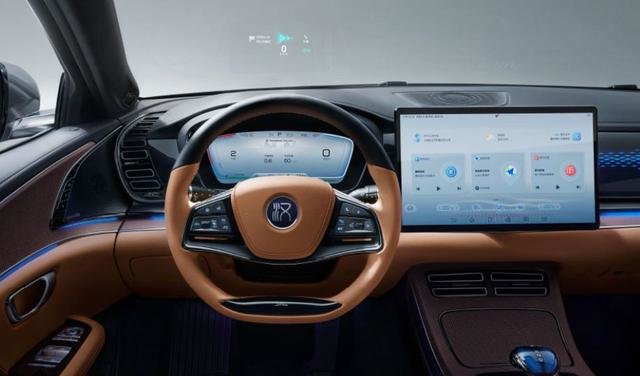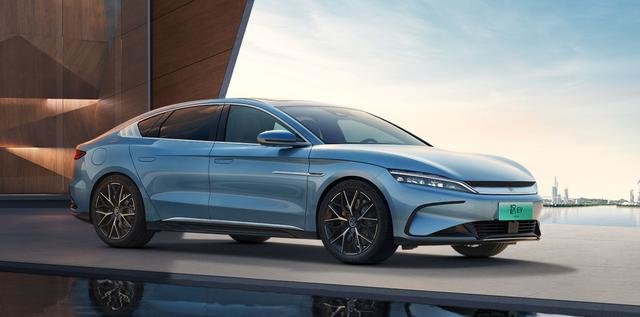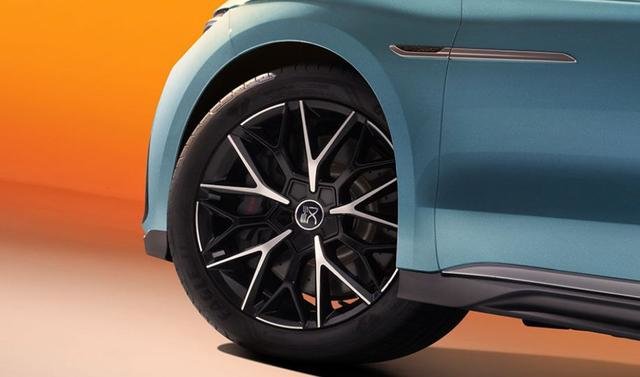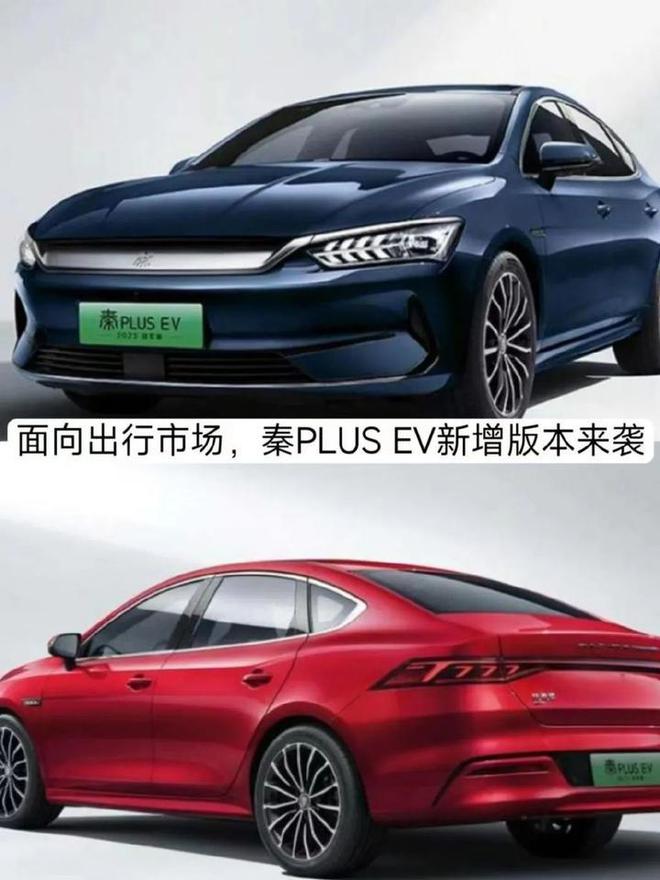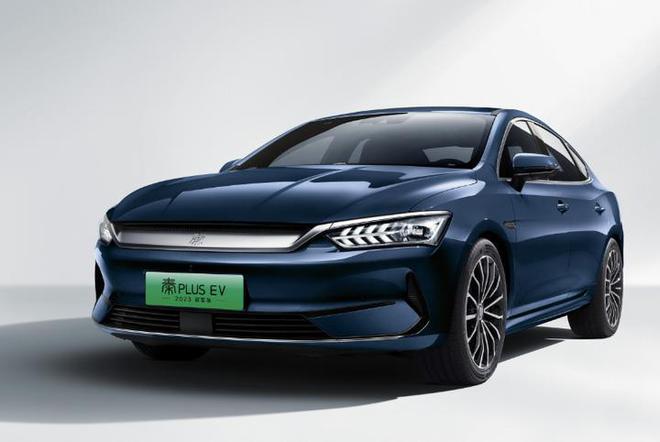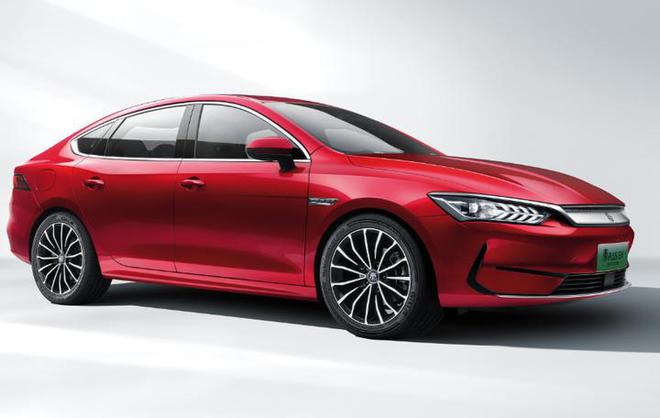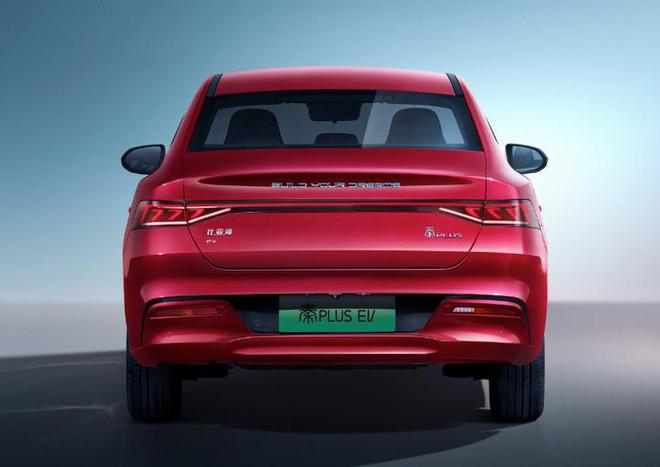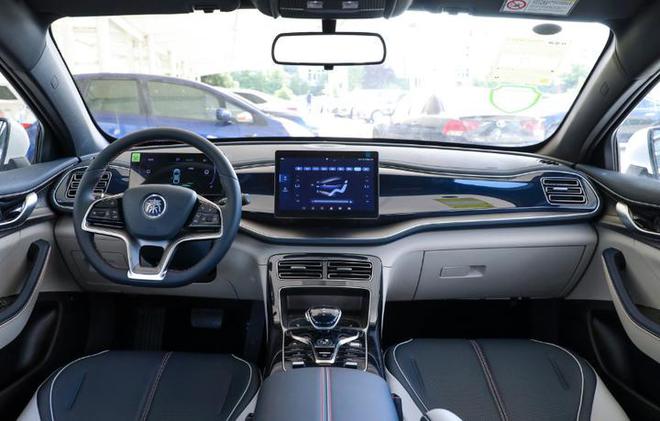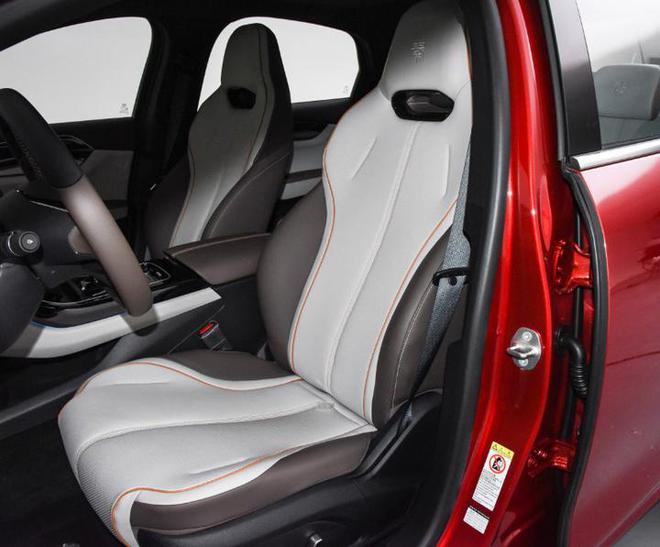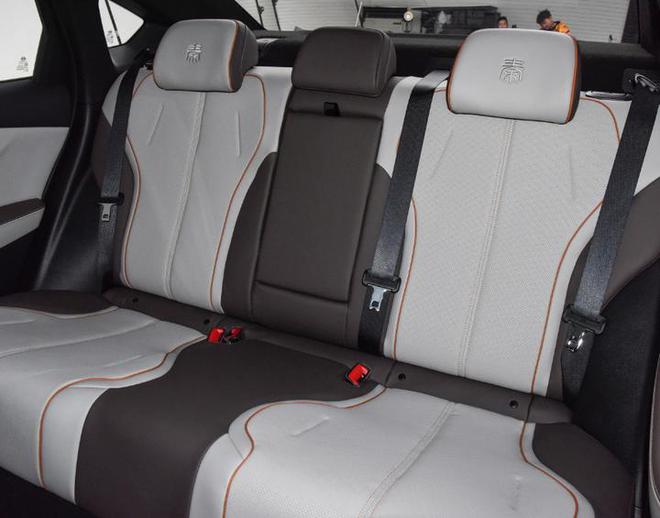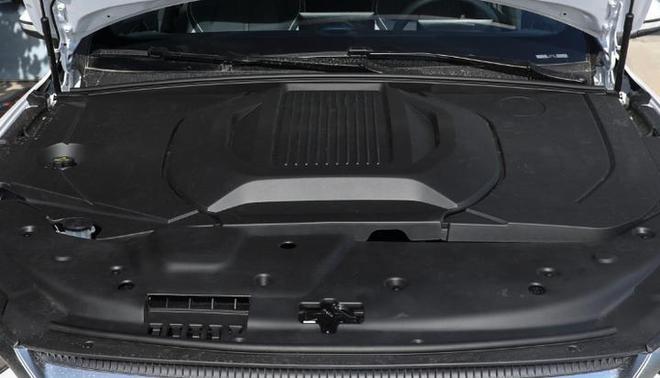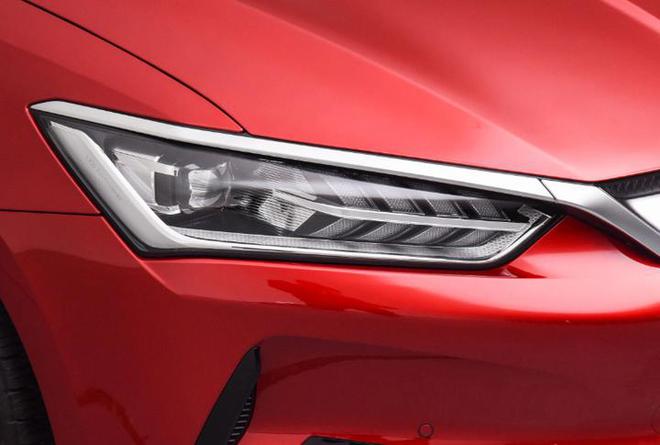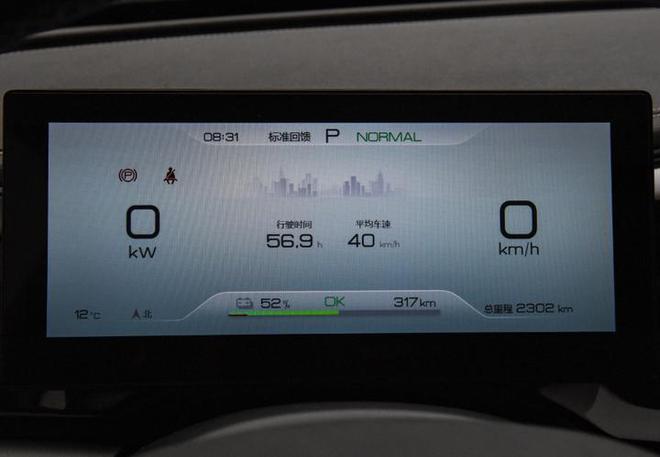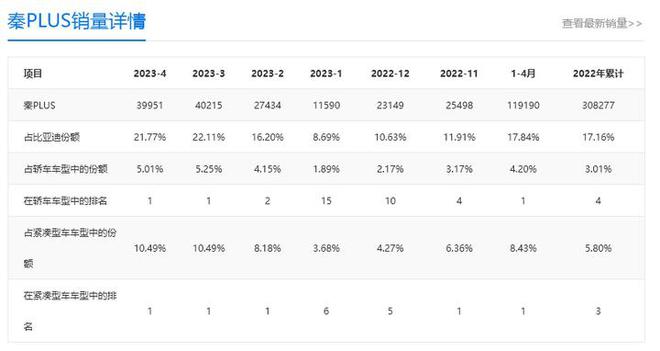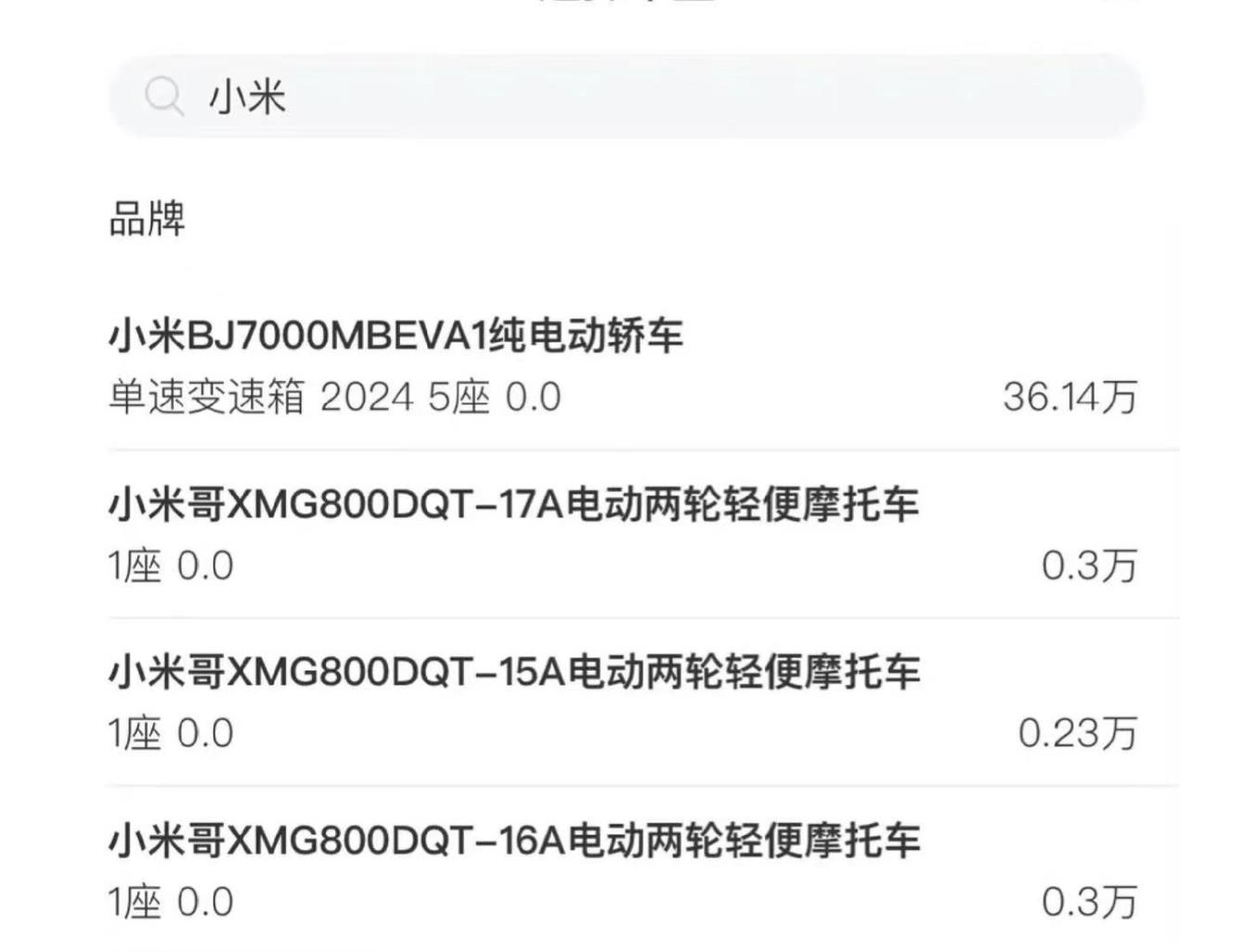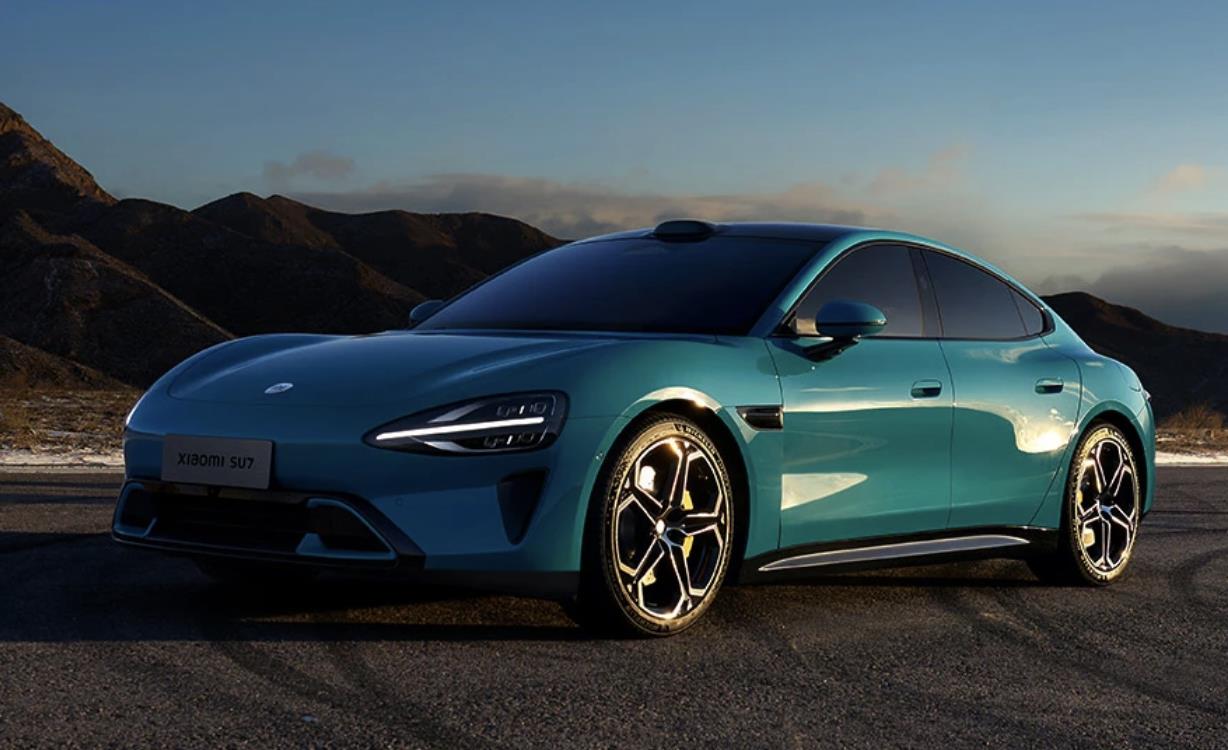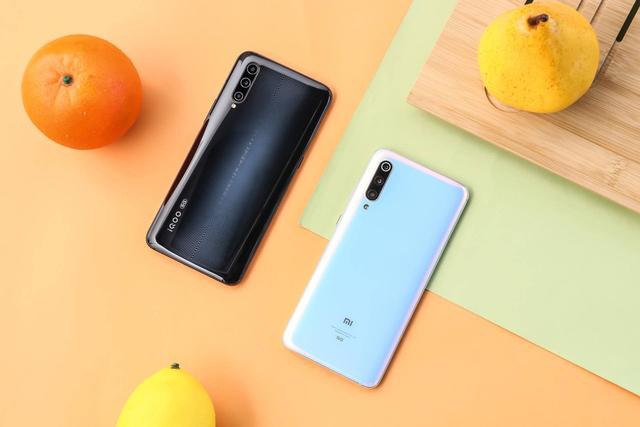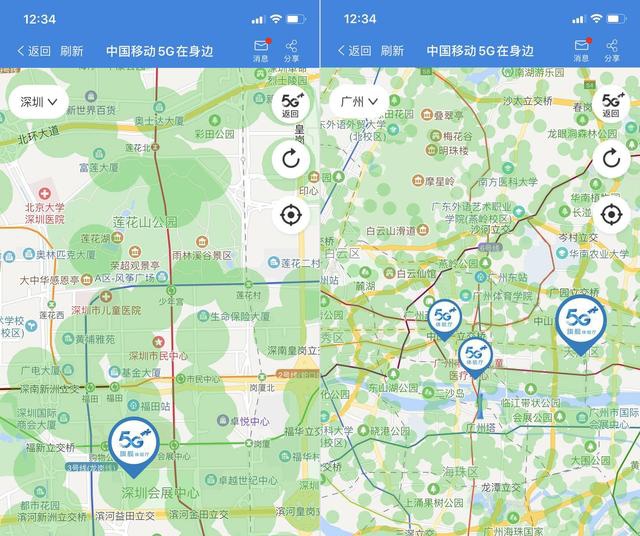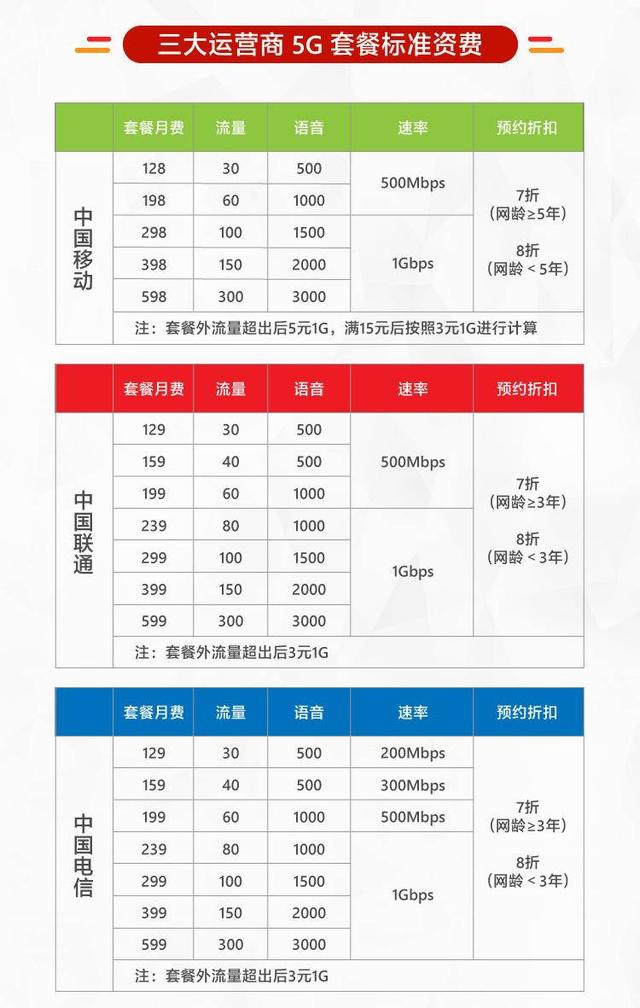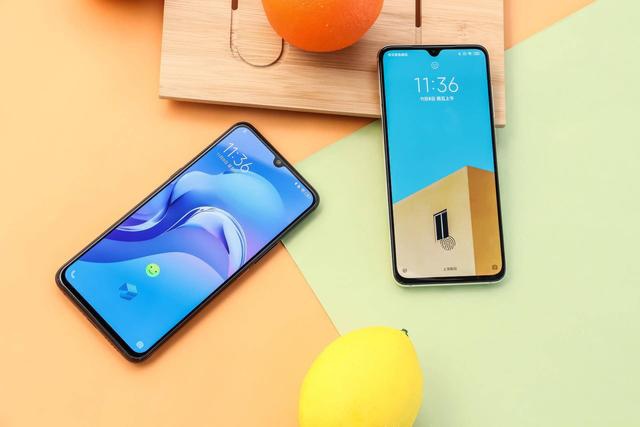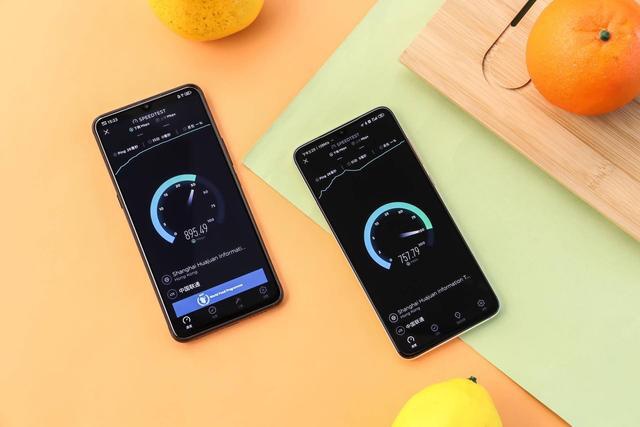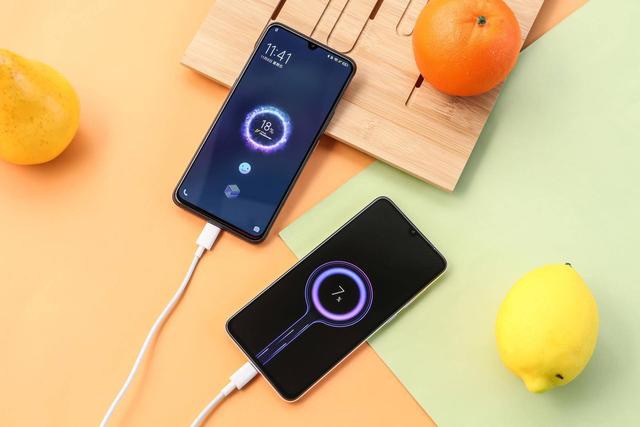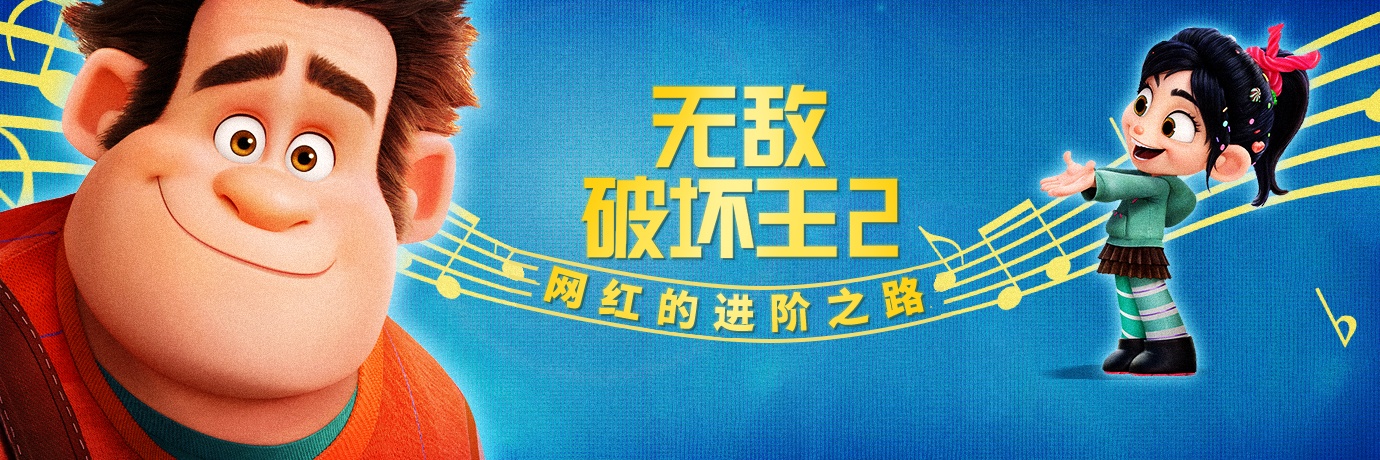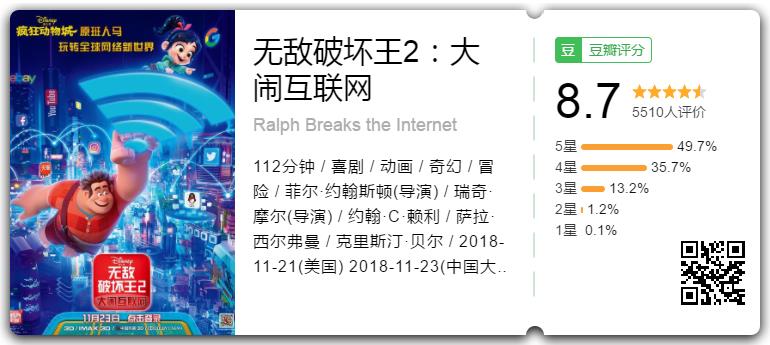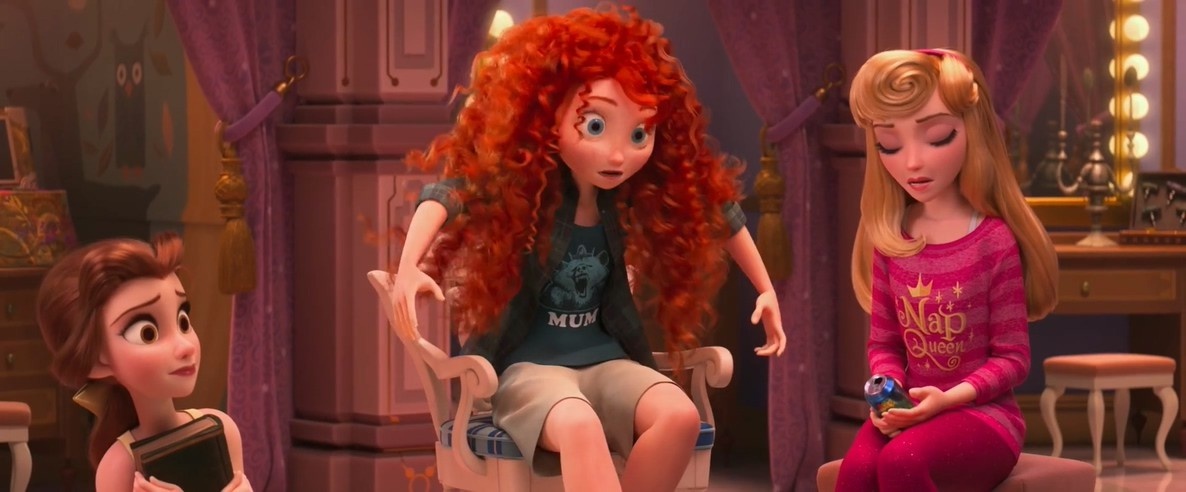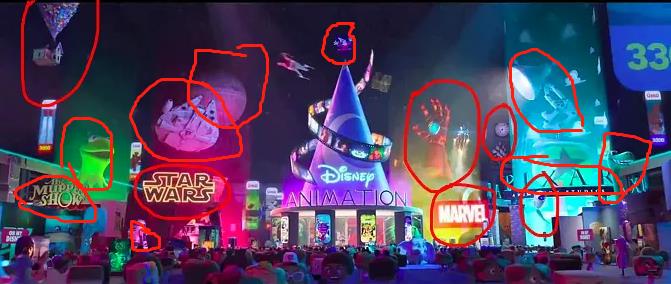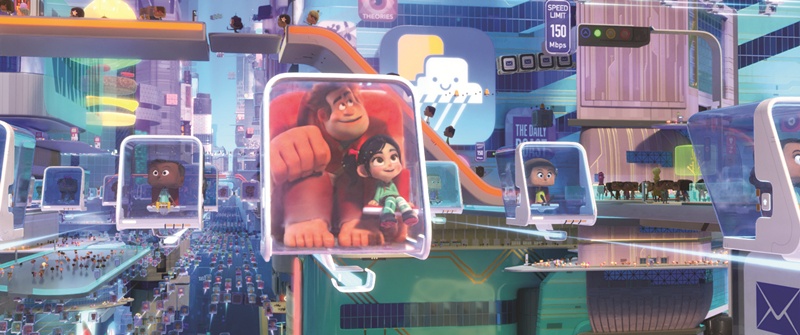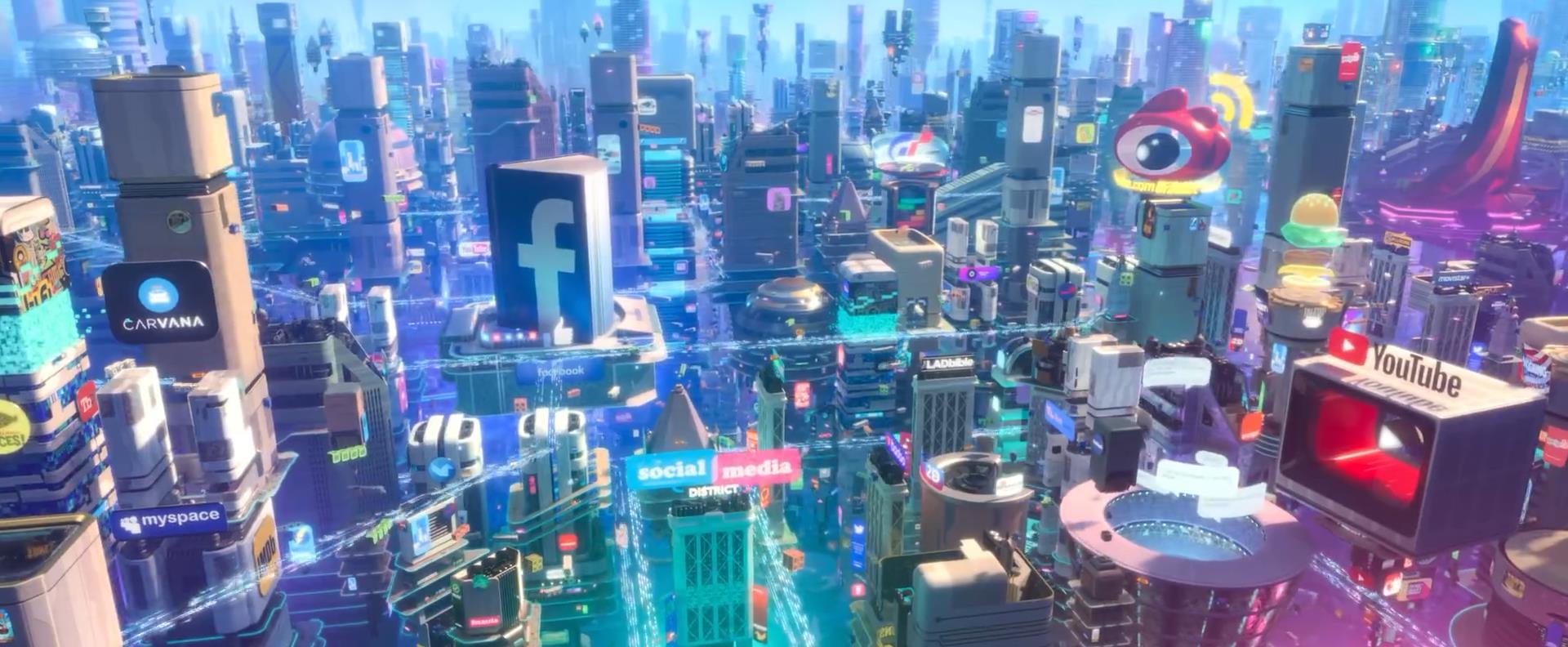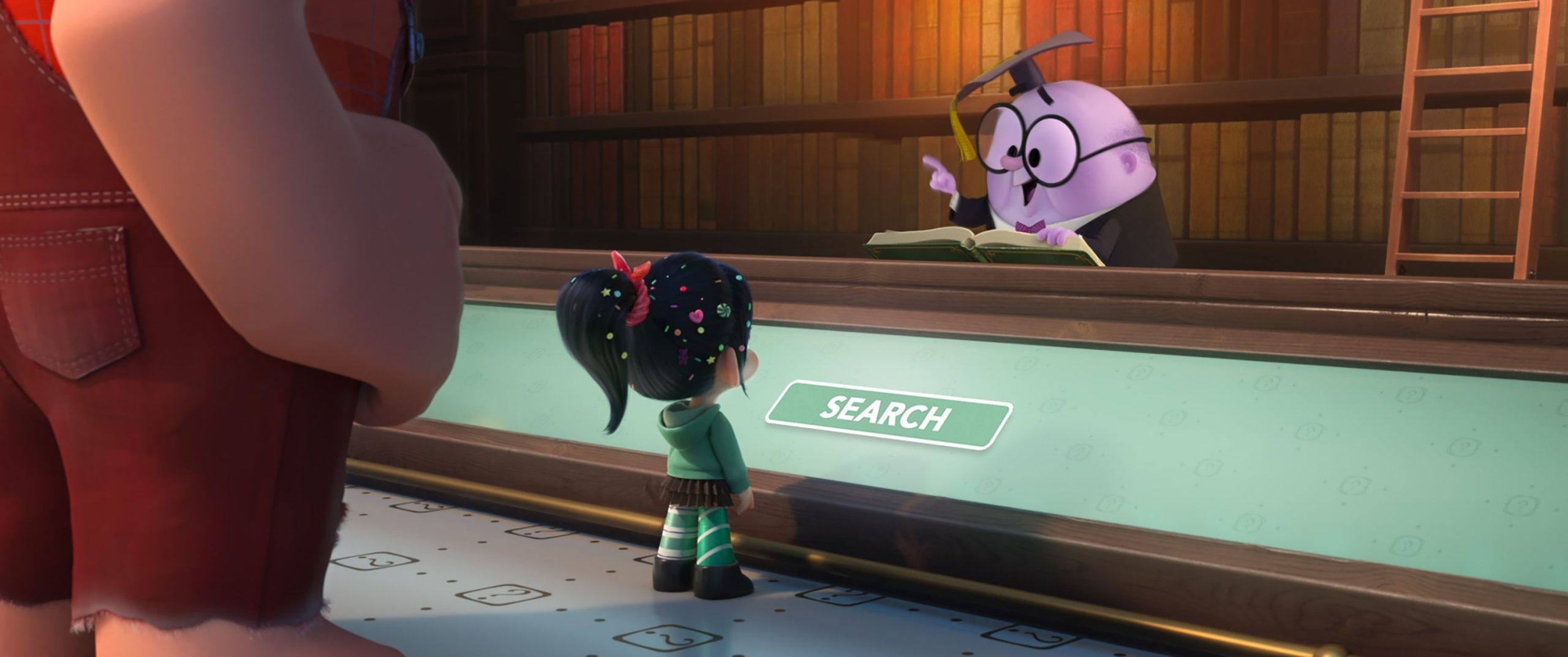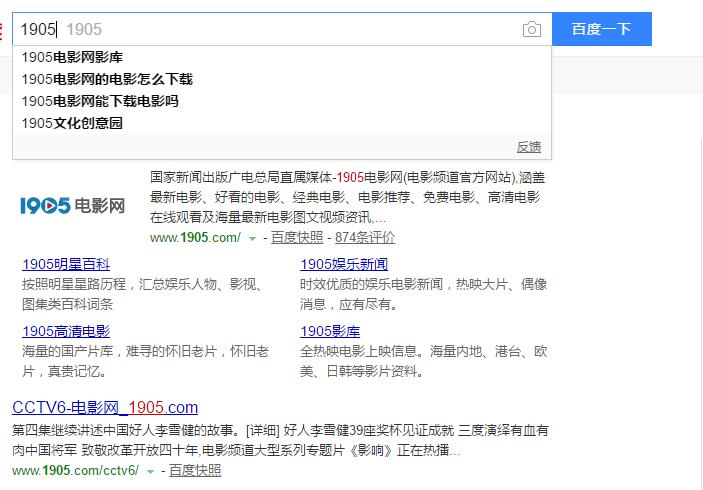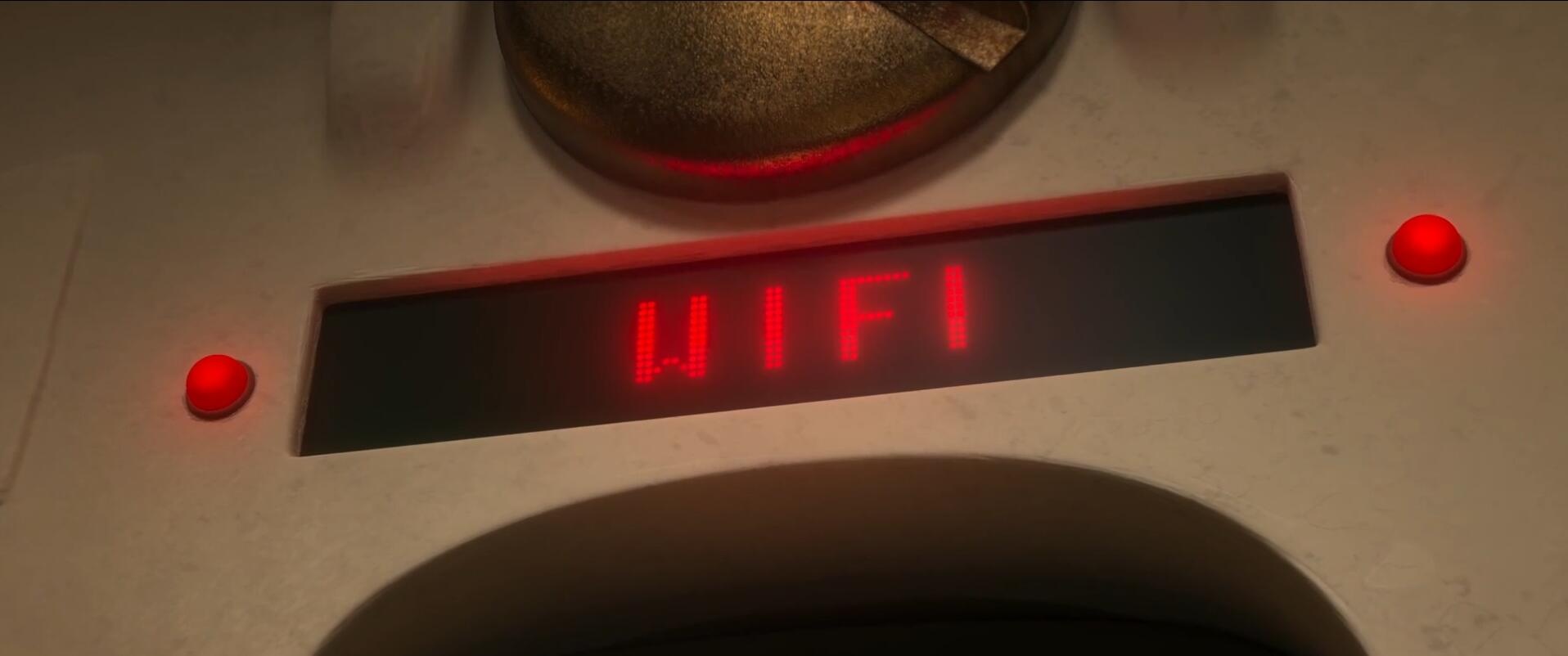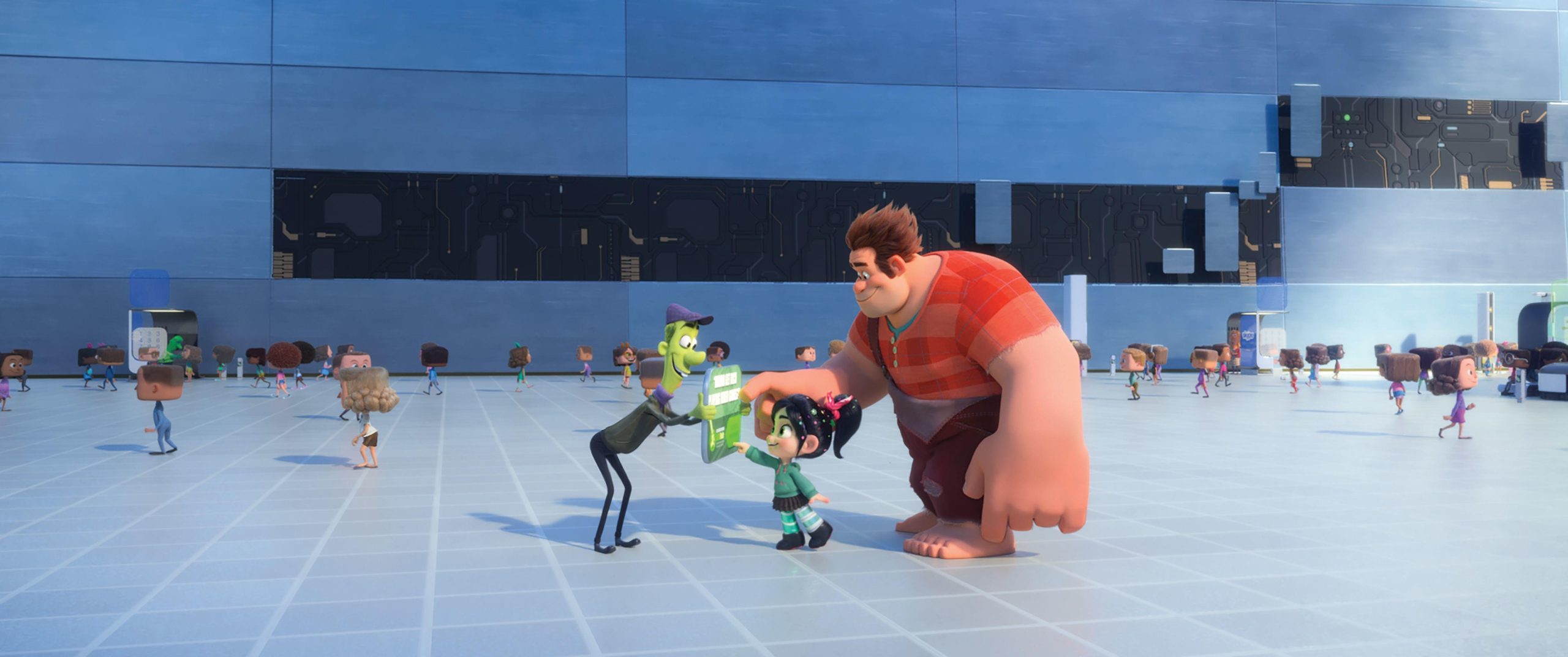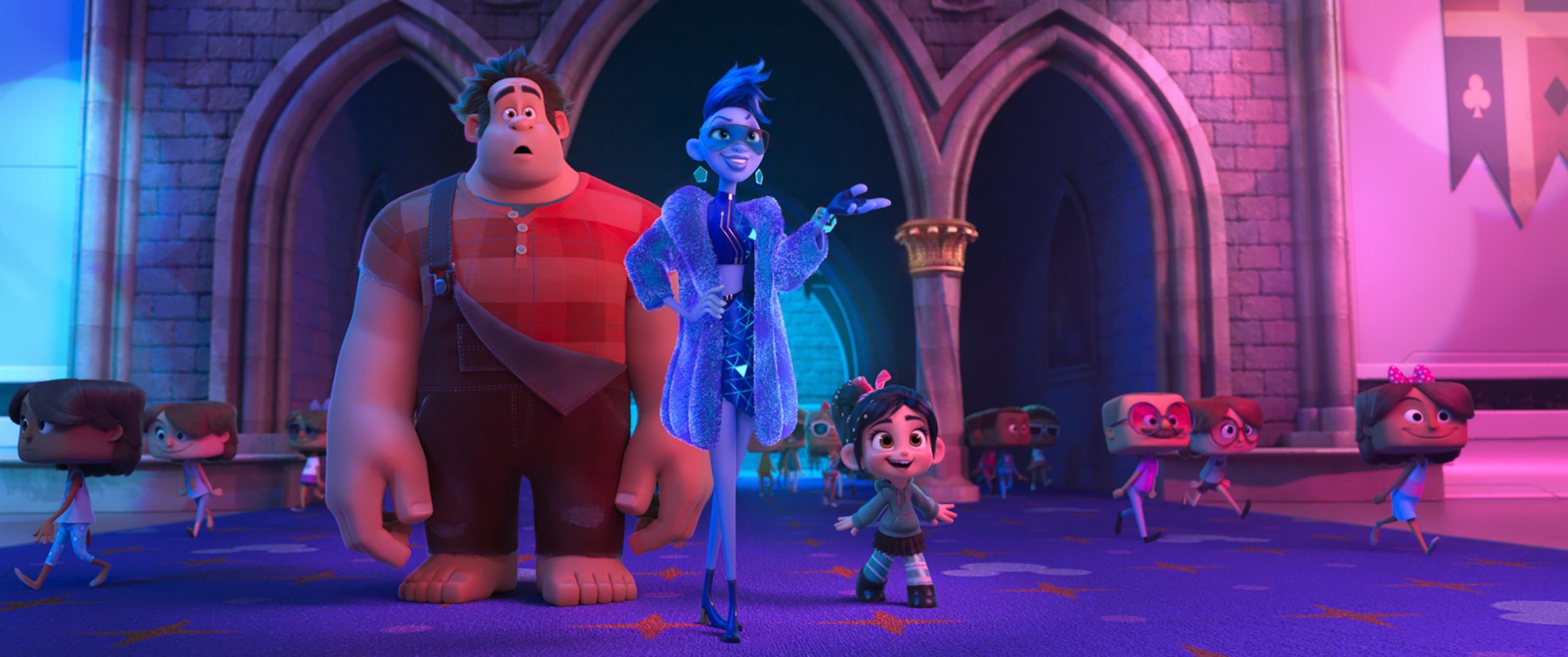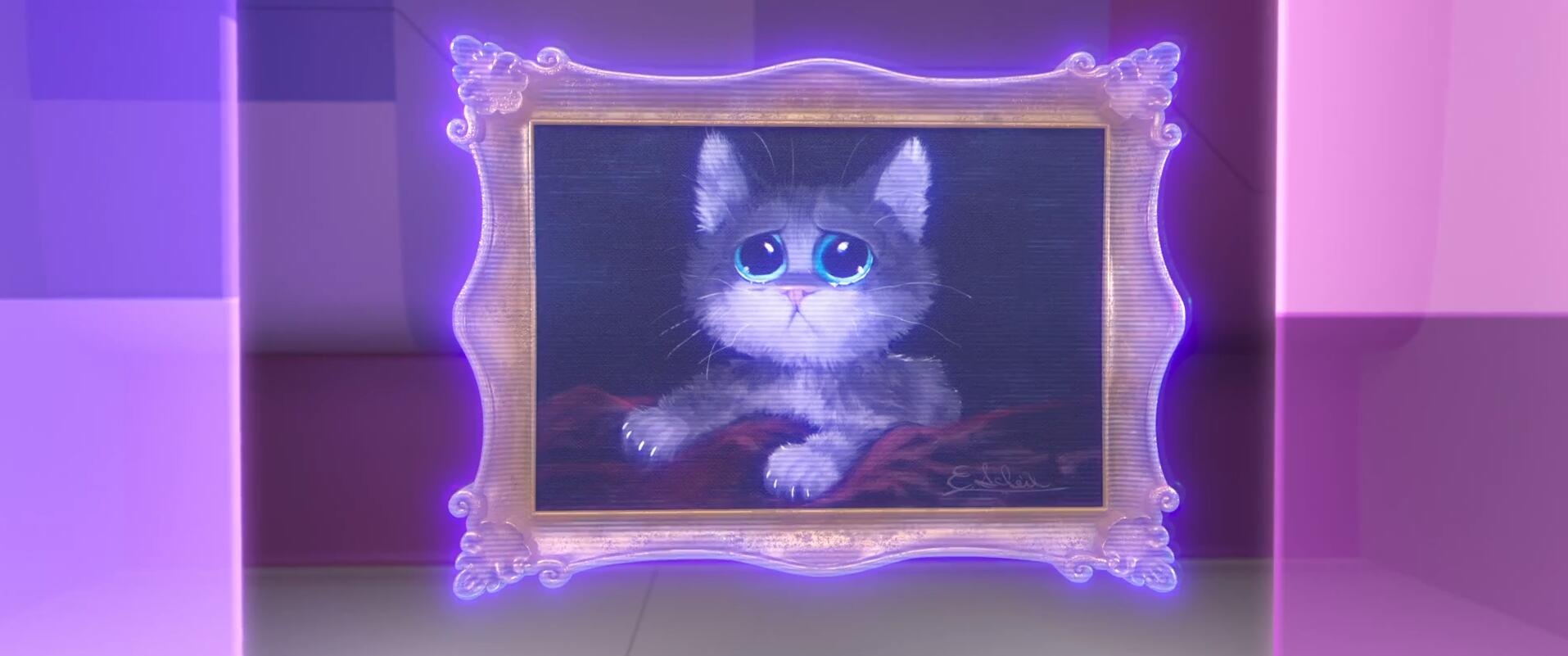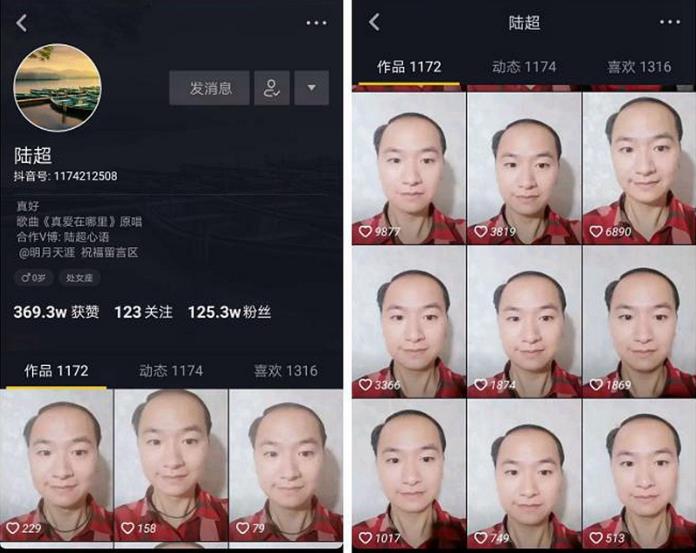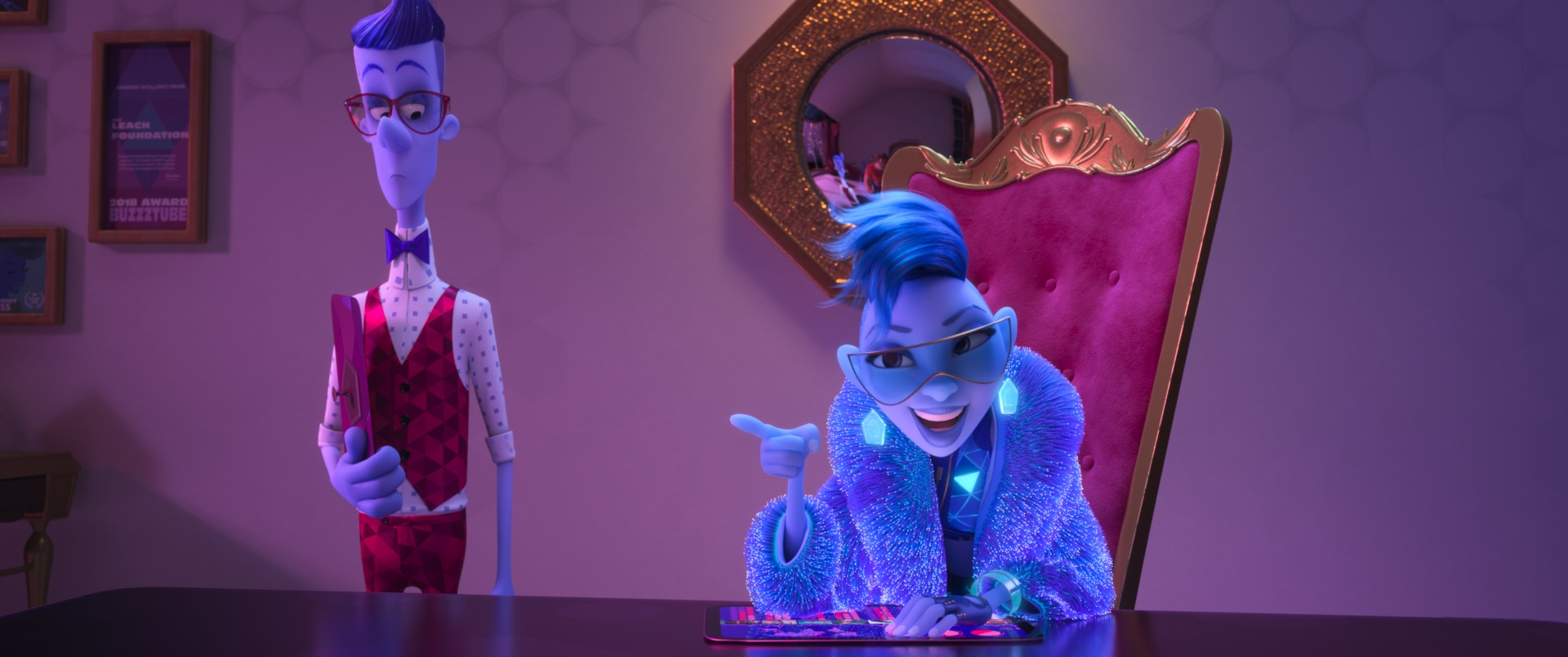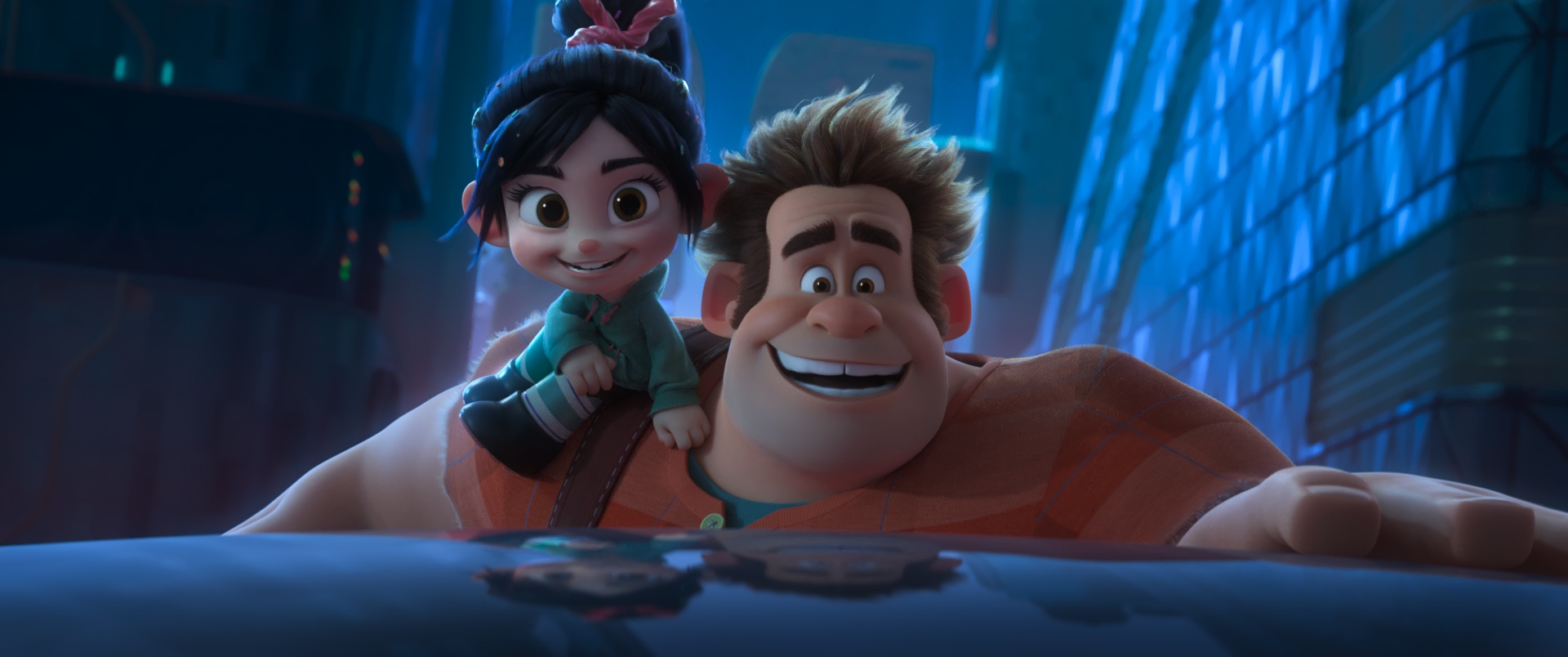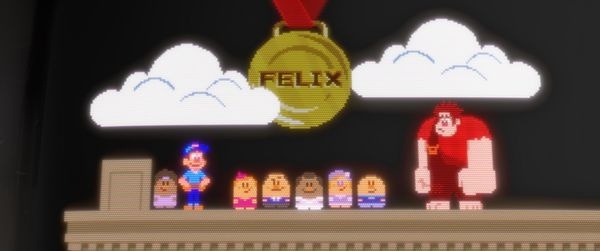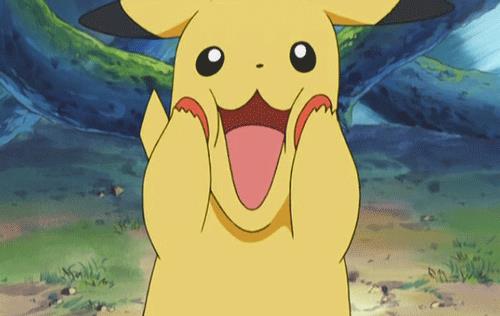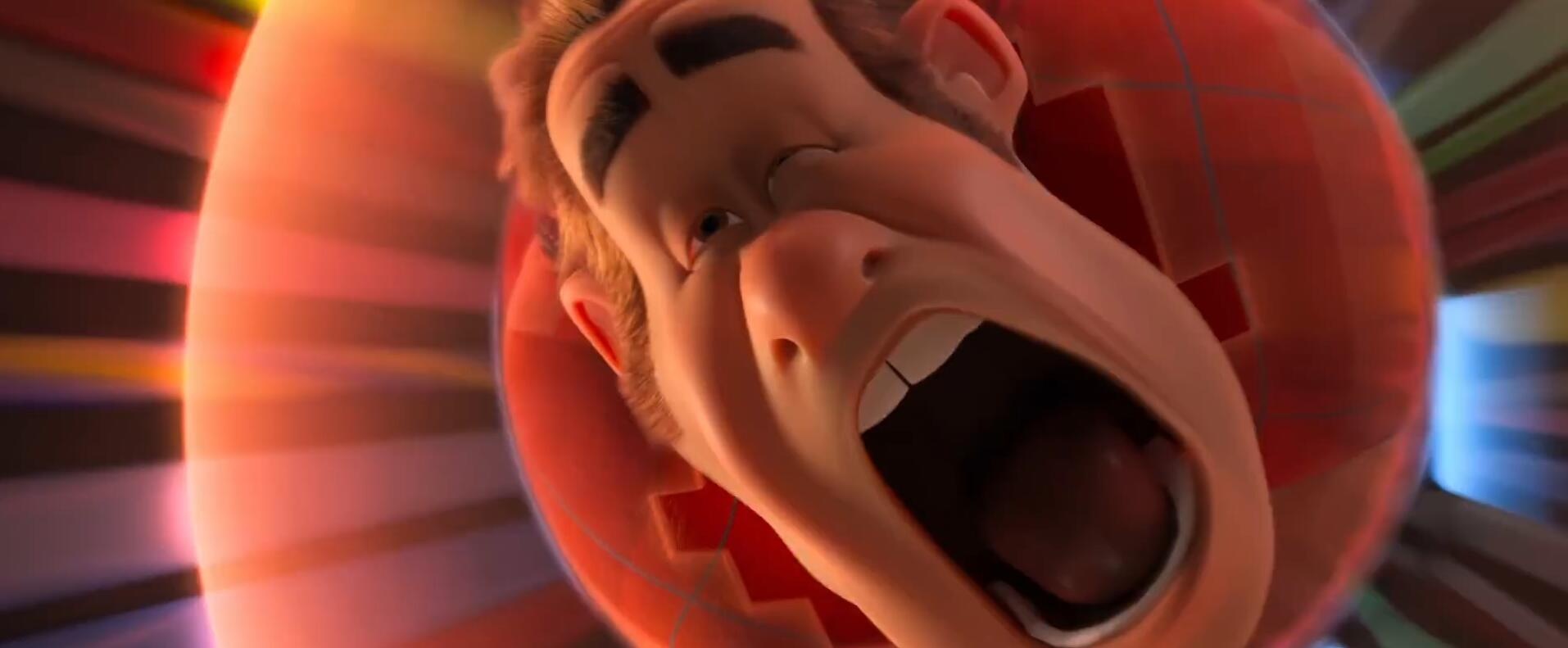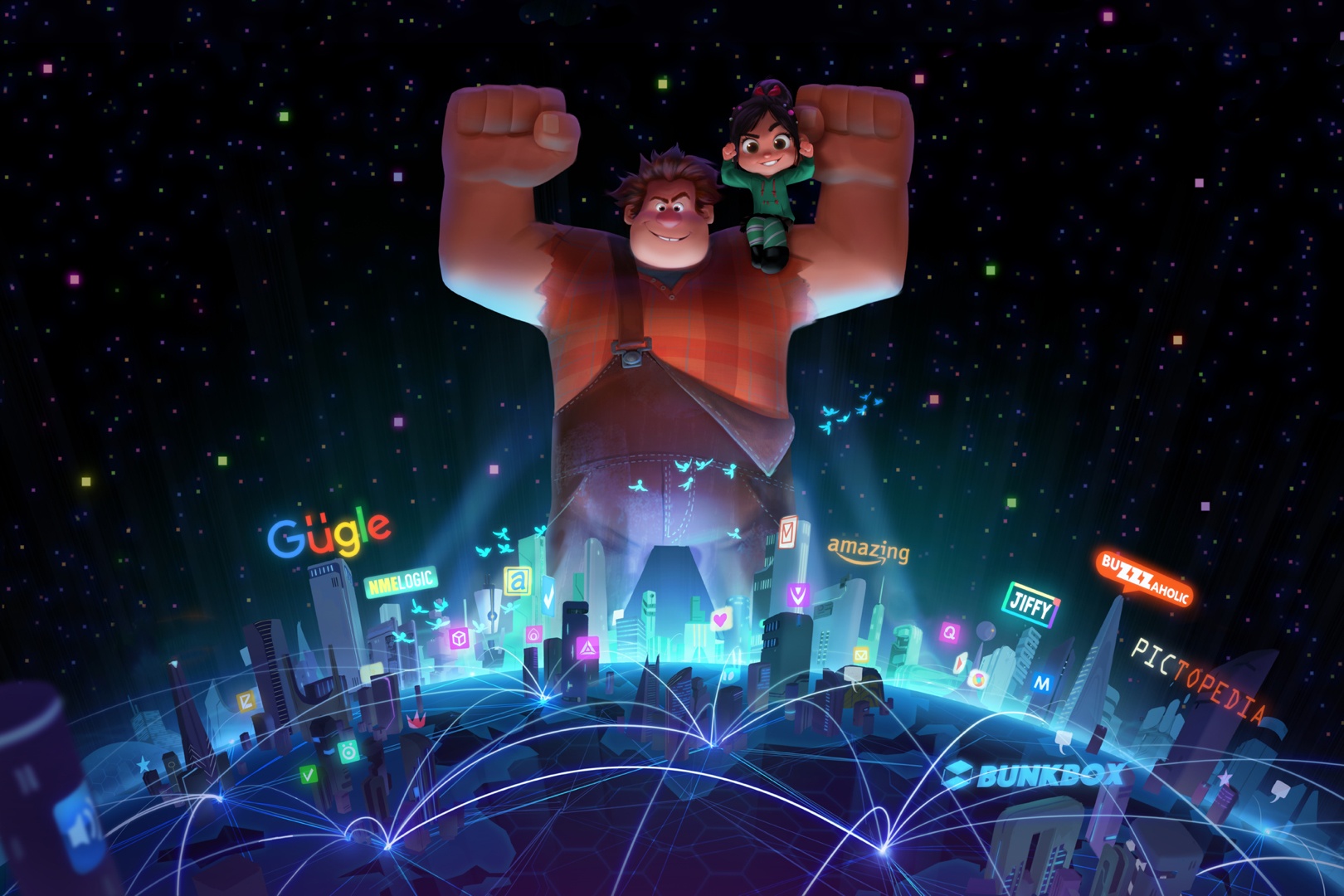
Mr. Shi said that within 2 months of use, the TV screen was damaged in a large area and had no picture. The pictures in this article are all pictures provided by the respondents
The newly purchased Xiaomi TV suddenly broke during playback, and consumers said it was not damaged by external forces. The after-sales staff of Xiaomi’s authorized service outlets determined that it was "man-made damage", and the maintenance required consumers to pay 1,500 yuan to change the screen.
A few days ago, Mr. Shi of Qujing, Yunnan reported to the surging quality complaints platform (https://www.thepaper.cn/consumersComplaint.jsp) that on April 3 this year, he spent 1899 yuan to buy a Xiaomi TV 4C and 50-inch TV through Xiaomi Mall.
Mr. Shi said that at the beginning, the damaged area of the screen was only a little bit, and then it expanded to half of the screen. He then applied for after-sales service through the customer service of Xiaomi Mall, and the after-sales service said that the screen could be replaced for free; but after the service provider of Xiaomi’s authorized service outlets came to the door, it was considered that the damage was "caused by external force" and did not provide free maintenance. To change the screen, you need to pay 1,500 yuan.
On July 5, a staff member of Yongxing Communication Maintenance Department, Qilin District, Qujing City, an authorized service outlet of Xiaomi Company, told the surging news (www.thepaper.cn) that the Xiaomi TV display screen purchased by Mr. Shi had cracked, which was "caused by external forces and man-made damage" and was not covered by the warranty.
On the afternoon of the 5th, Surging News sent an email to the "Media Contact" mailbox announced by Xiaomi Mall to verify the relevant situation. As of the time of writing, it has not received an email reply from Xiaomi Technology Co., Ltd. (hereinafter referred to as Xiaomi).

Xiaomi customer service said that if there is no "human touch", the screen can be replaced for free.
Consumer: or seek third-party testing
On July 5, Mr. Shi told The Paper that when he received the TV delivered by courier on April 6, he carefully checked and inspected the goods before signing for it. During the use of the TV broadcast, there has been no problem. He said that by May 28, the screen had no screen area without man-made damage.
"It was only a small piece at first, and then I turned it off and put it in the box and saved it. When the after-sales service came, the damaged area expanded to nearly half of the screen." Mr. Shi said that he applied for after-sales service on June 1 and asked for a replacement. The customer service told him that the 30-day replacement period had passed, and the screen could be replaced for free "without human touch".
Mr. Shi said, "After the local Xiaomi authorized service network service provider in Qujing came to check, it said that the inner screen of the screen was broken and leaking liquid. The company does not repair it for free, and asked me to pay 1,500 yuan for the repair."
On the afternoon of the 5th, Surging News called the Yongxing Communication Maintenance Department of Qilin District, Qujing City, Yunnan Province, a staff member said that the Xiaomi TV display screen purchased by Mr. Shi had cracked, which was "caused by external forces and man-made damage" and was not covered by the warranty; 1,500 yuan for screen replacement charges, which is the price stipulated by Xiaomi’s official website after-sales services.
Mr. Shi insisted that the TV was not "damaged by external forces". He said that it was unacceptable for Xiaomi to determine that its TV screens were "caused by external forces and man-made damage" without a third-party appraisal. If necessary, he will find a third-party agency to test himself to determine whether the purchased TV is "man-made damage" or the quality of the TV’s own products.

Xiaomi TV’s non-warranty policy
There are reports of similar cracked screens or transportation problems
Surging News noticed that there have been media reports of "Xiaomi TV cracked screen" before.
On June 5, 2018, Henan Business Daily reported that Zhengzhou Ms. Zhao purchased a 43-inch Xiaomi TV 4A from an offline brick and mortar store, and the inner screen also cracked. Xiaomi after-sales also said that it was "caused by external force and is not covered by warranty".
In addition, on August 23, 2017, Hunan Media Red Net also received consumer feedback Xiaomi TV cracked screen, encountered difficulties in returning, after the media report, consumers have to replace the new machine; March 15, 2016, "China Quality ** line" also reported a number of Xiaomi TV cracked screen **, and pointed out that Xiaomi TV cracked screen maintenance costs are expensive, almost close to the price of TV.
"China Quality" quoted industry analysts in the report that now Xiaomi TVs are getting thinner and thinner, and long-distance transportation is easy to crack the screen. The cracked screen cannot be all the quality problems of Xiaomi TVs, and there should be transportation problems.
"The screen of the Xiaomi TV is as big and ultra-thin, and it is bumpy when placed on the logistics truck, and there are many collisions between goods. It should be a normal probability that 10,000 units will be broken. The courier sorting is so violent, and it is not easy to handle it lightly. Occasionally receiving a cracked screen is also within the normal range," the report said.
